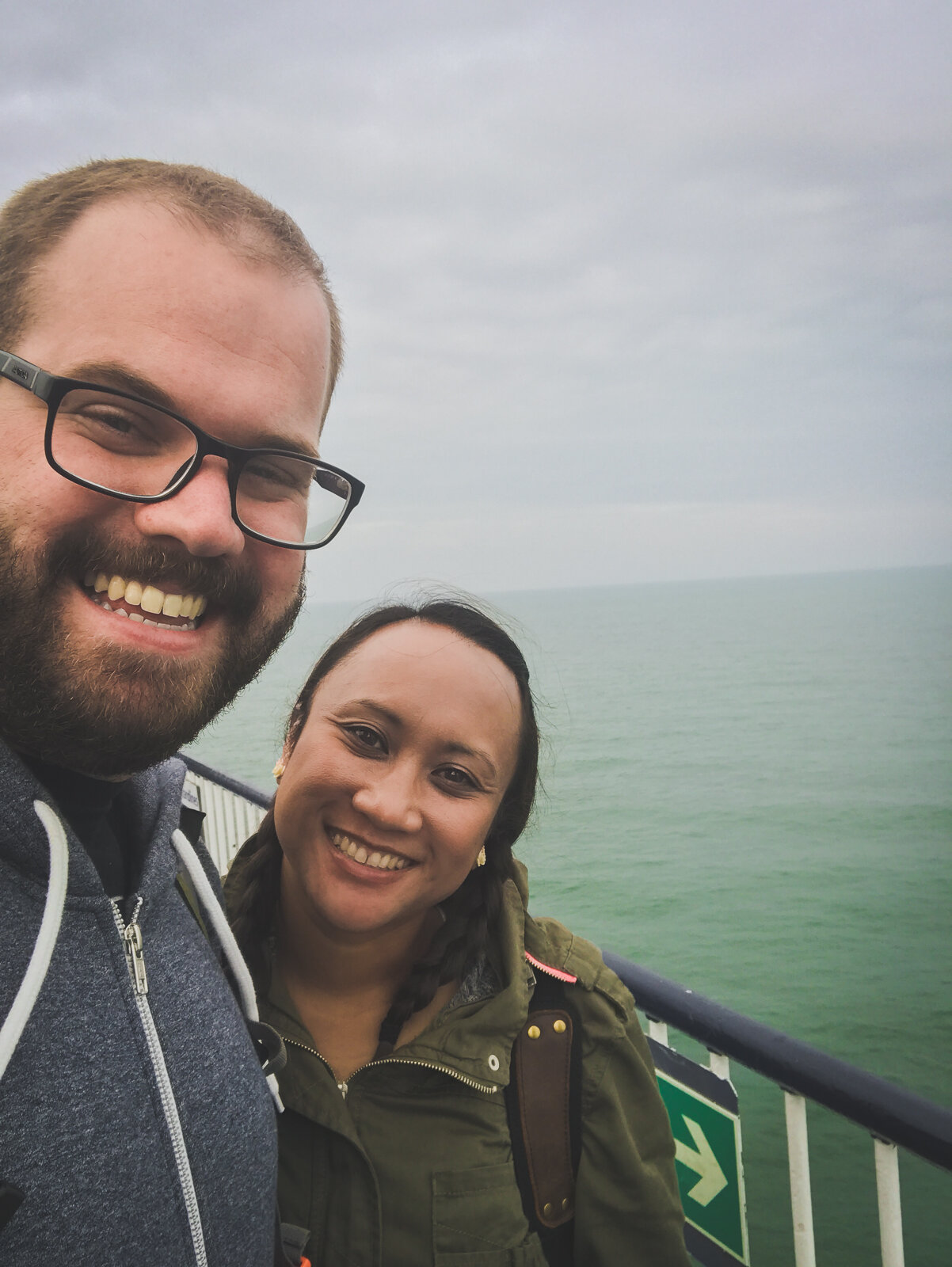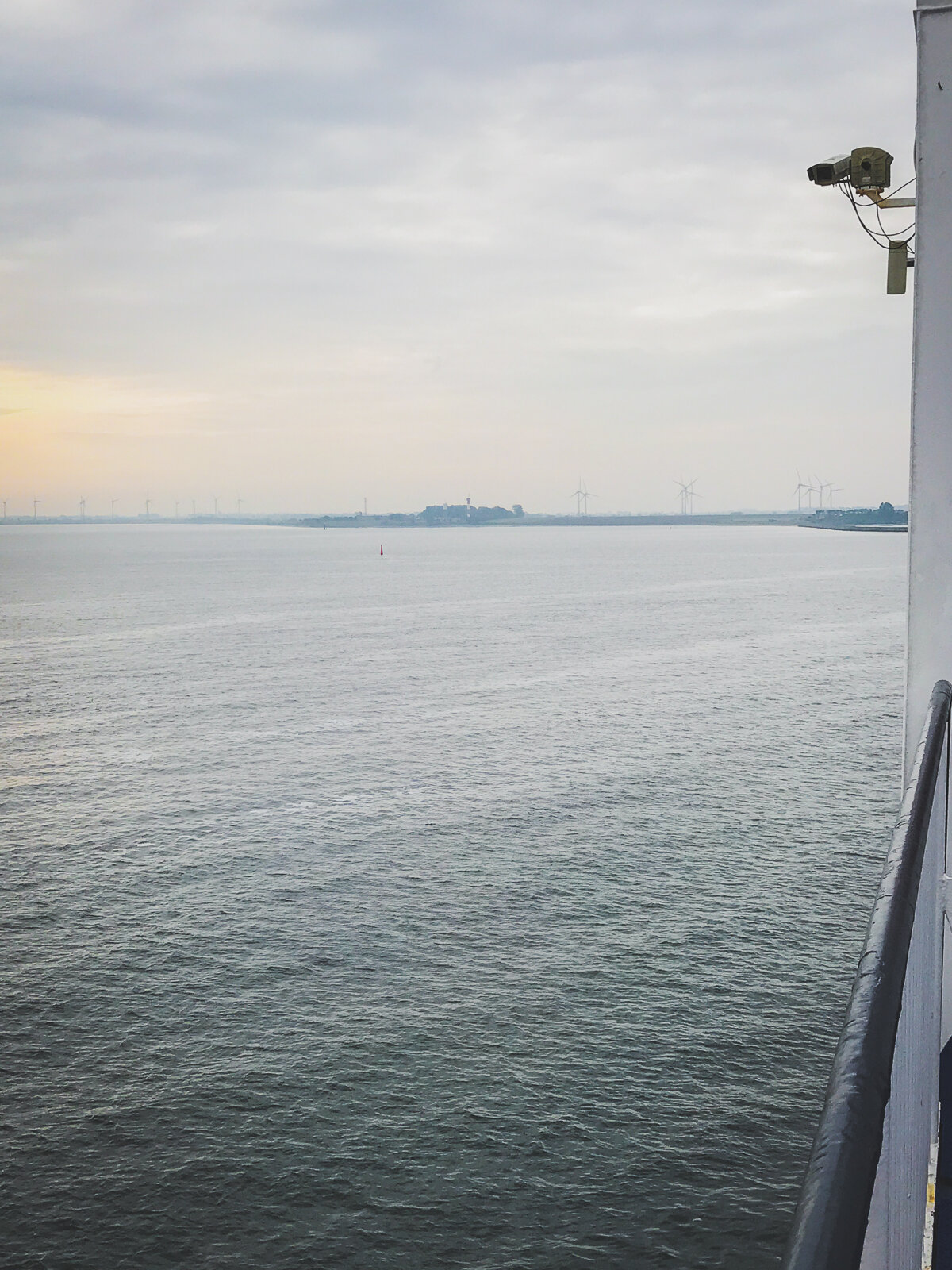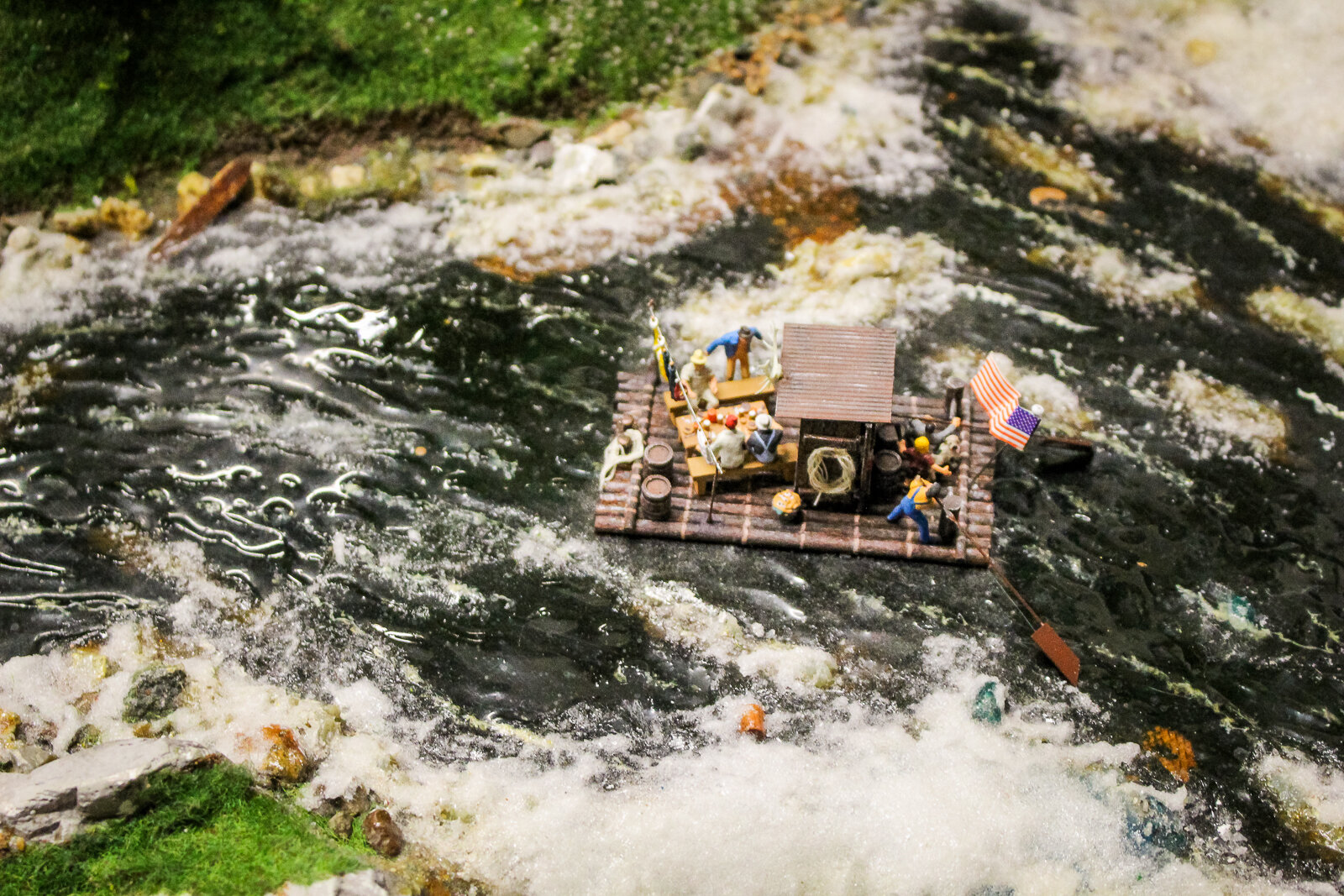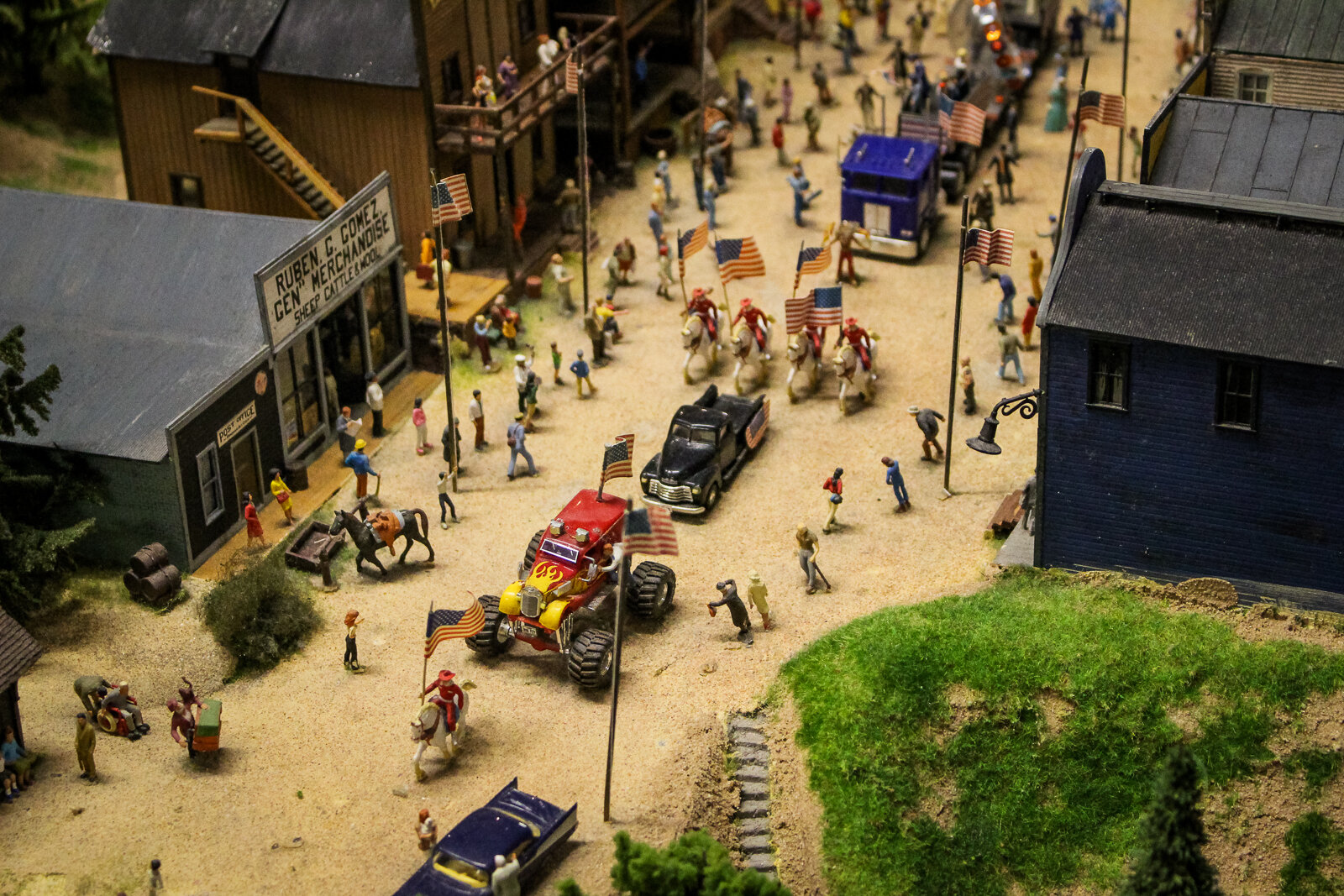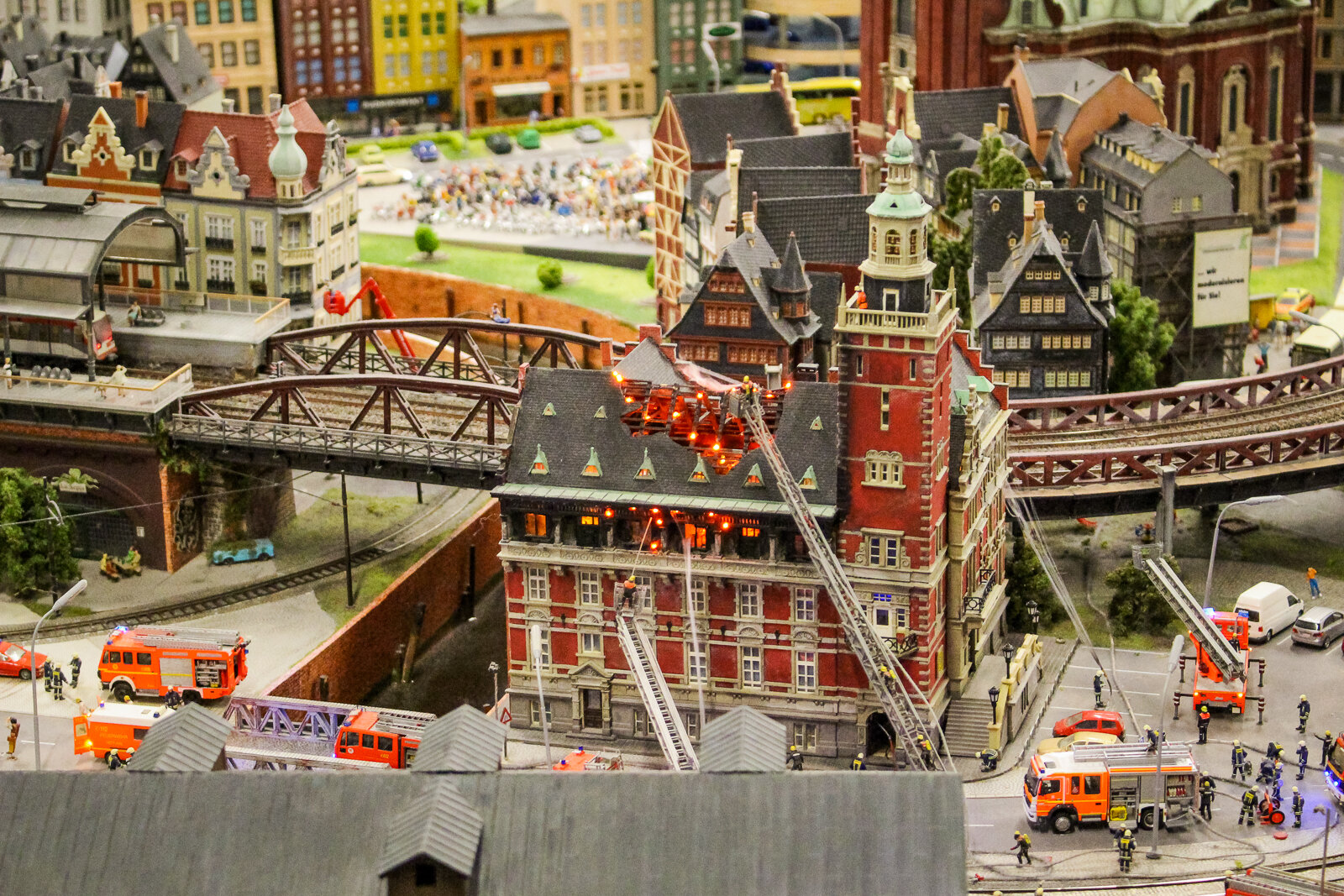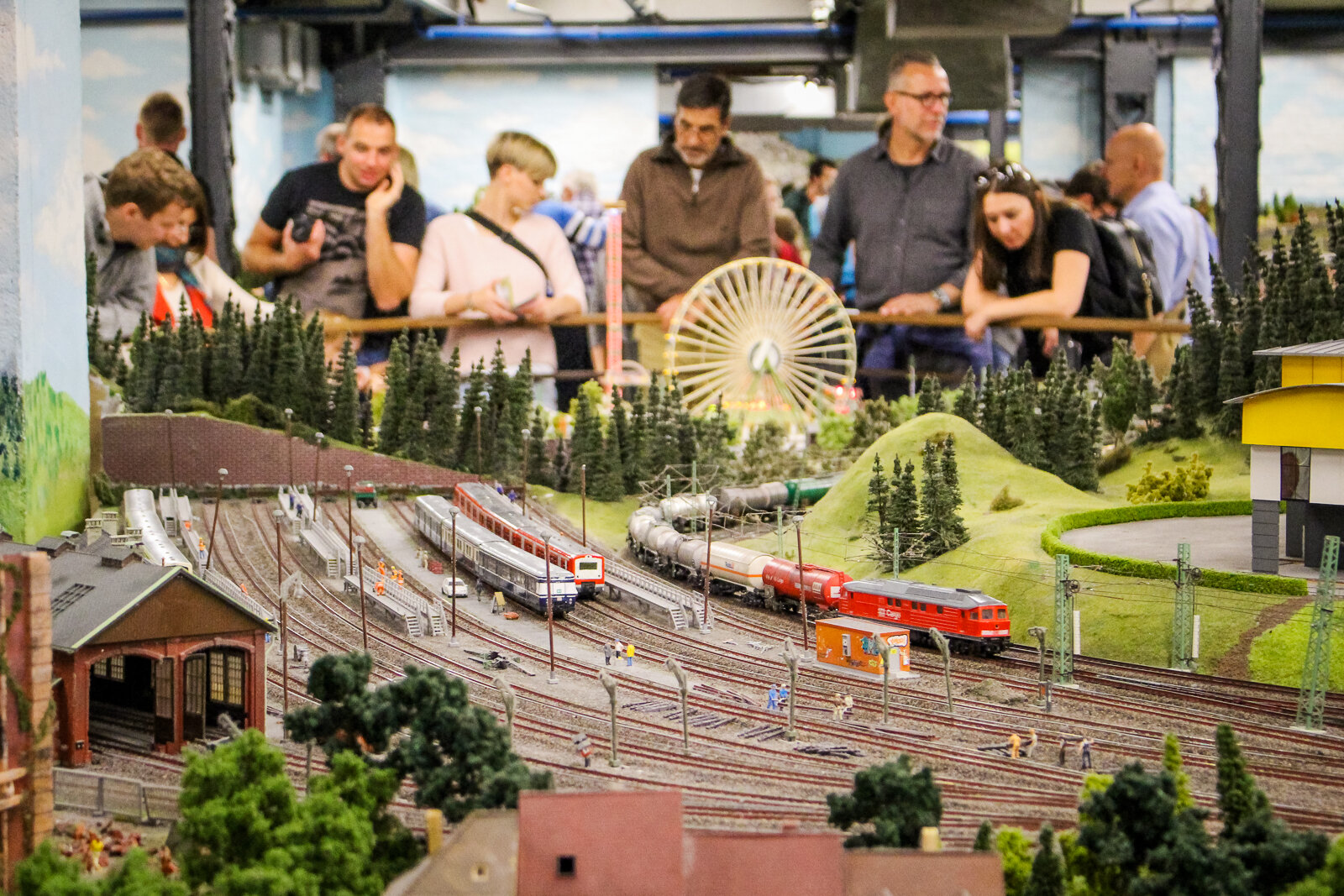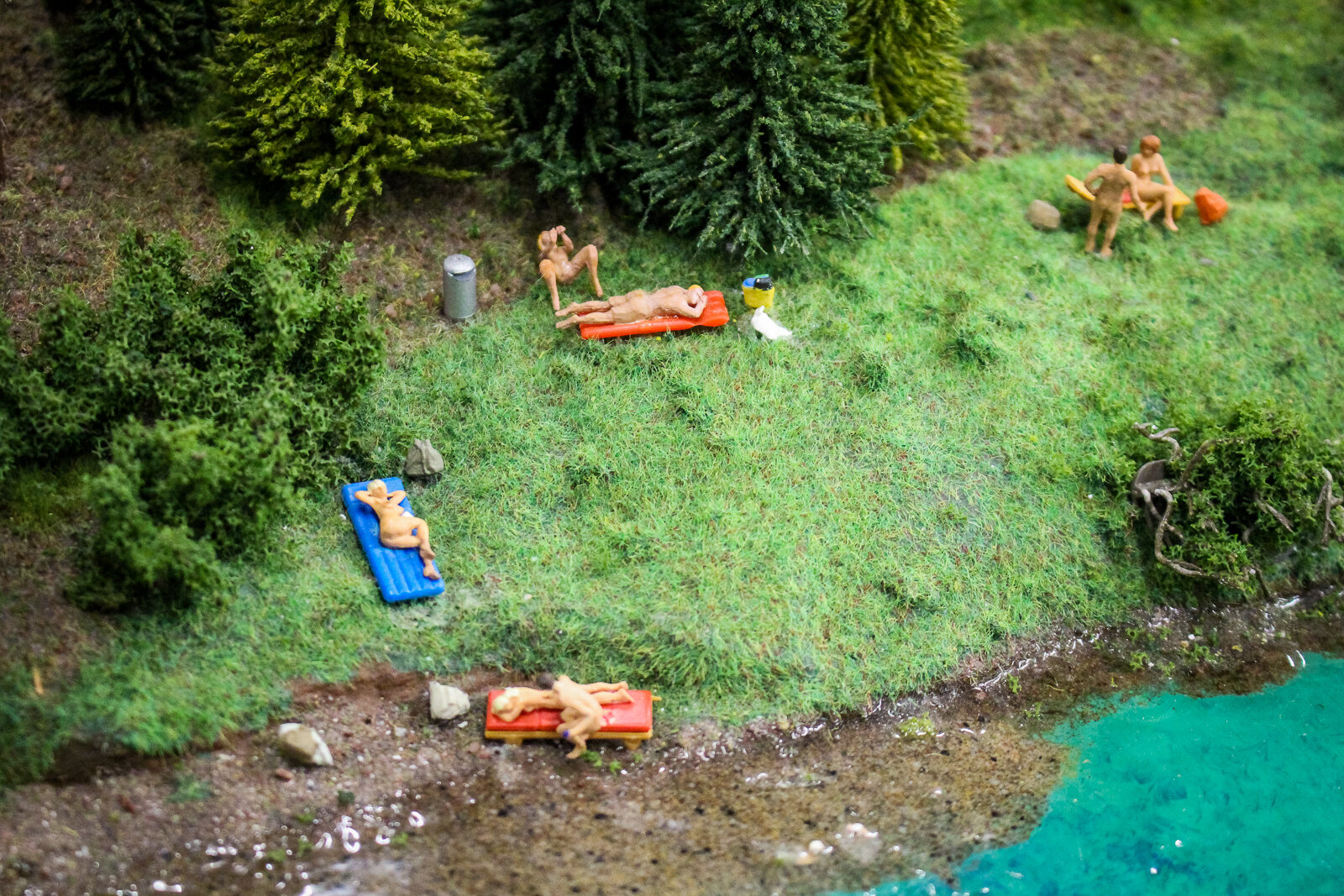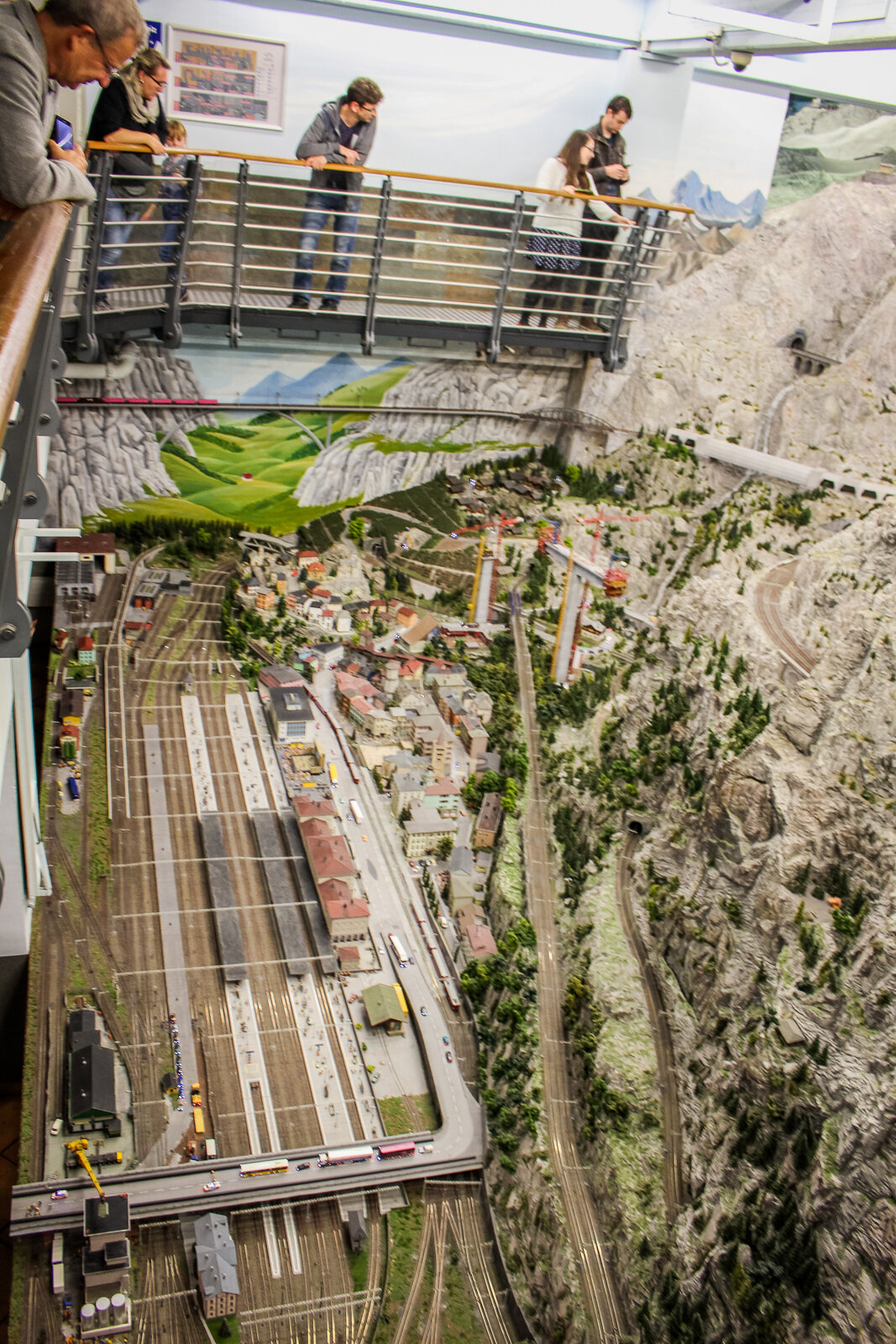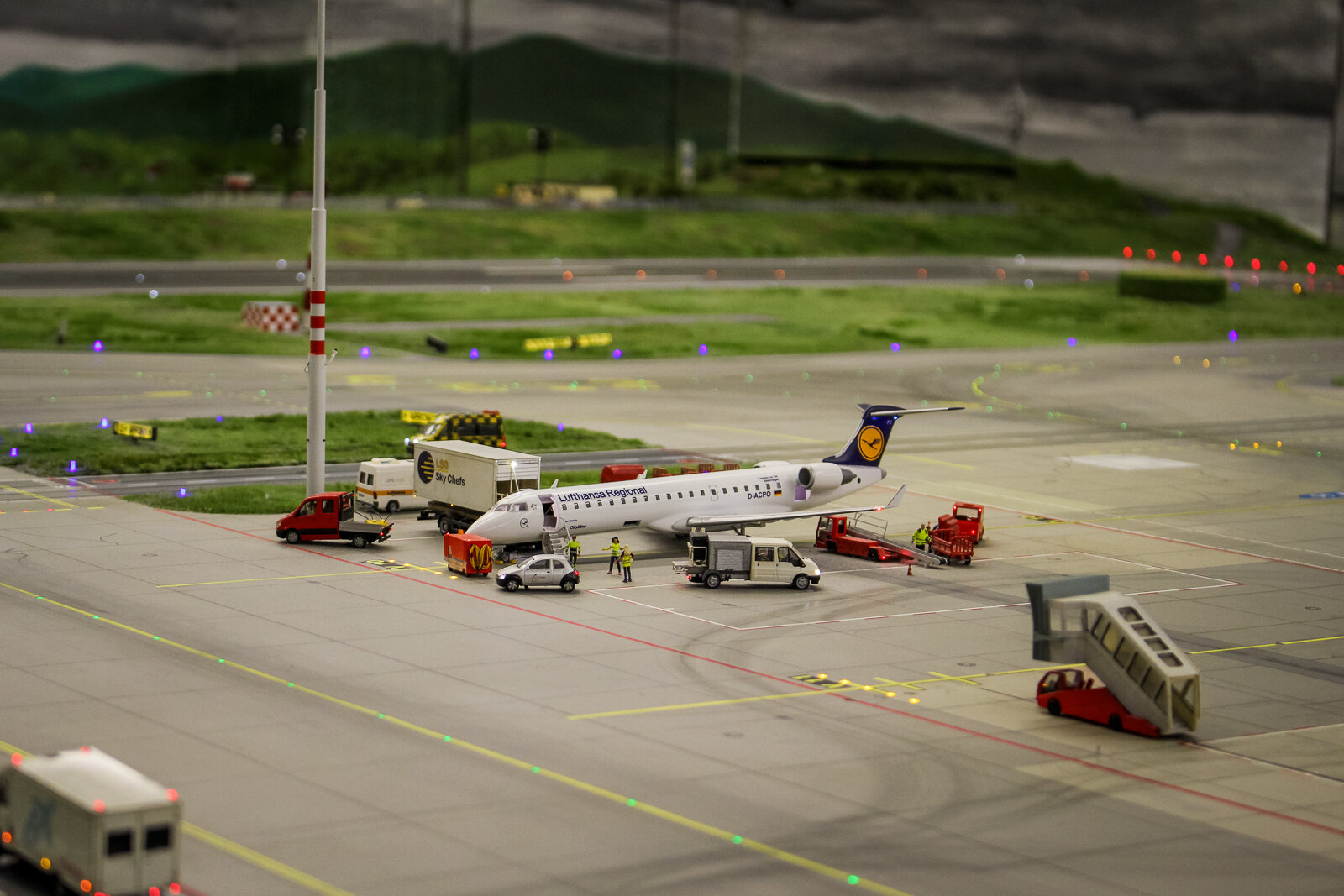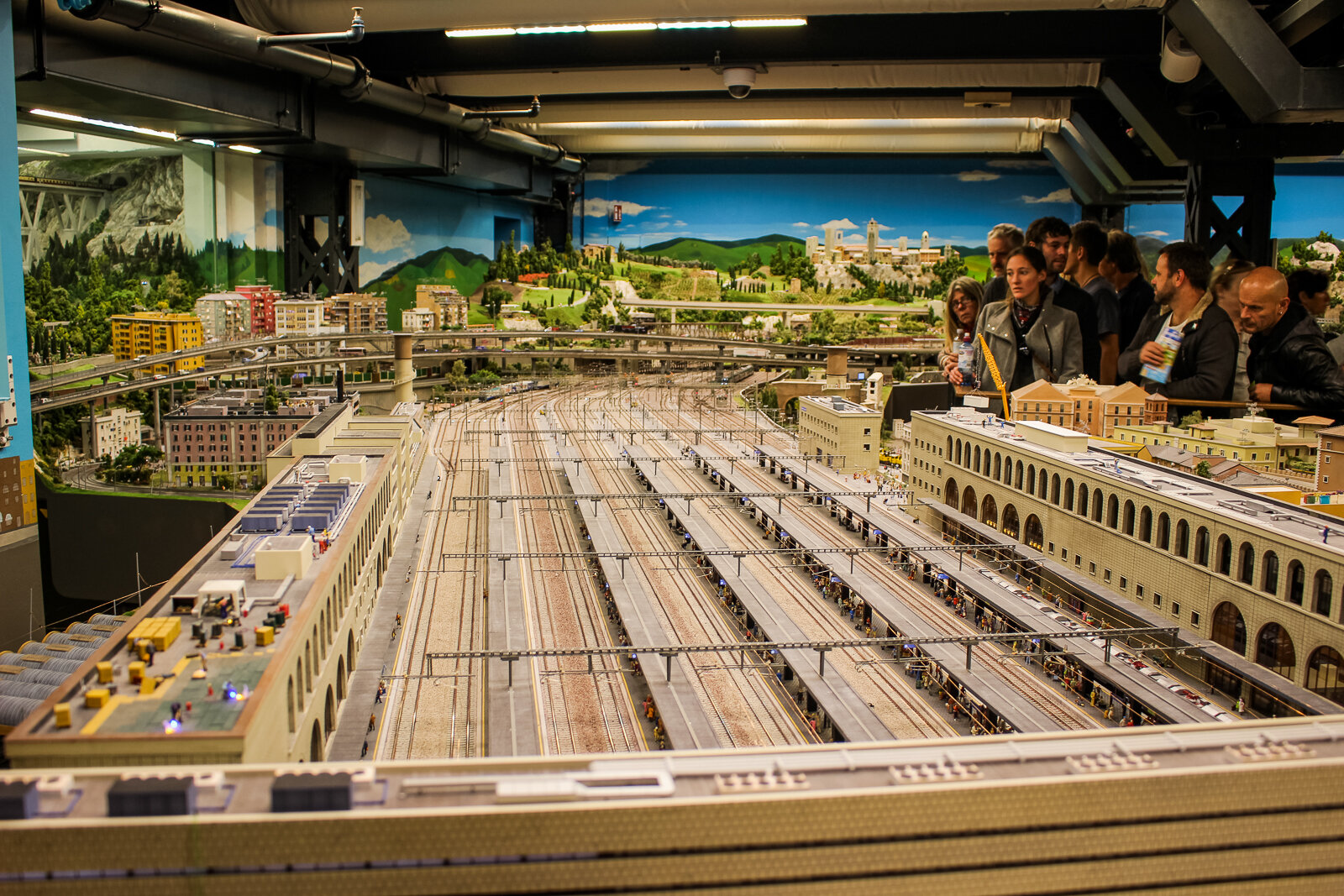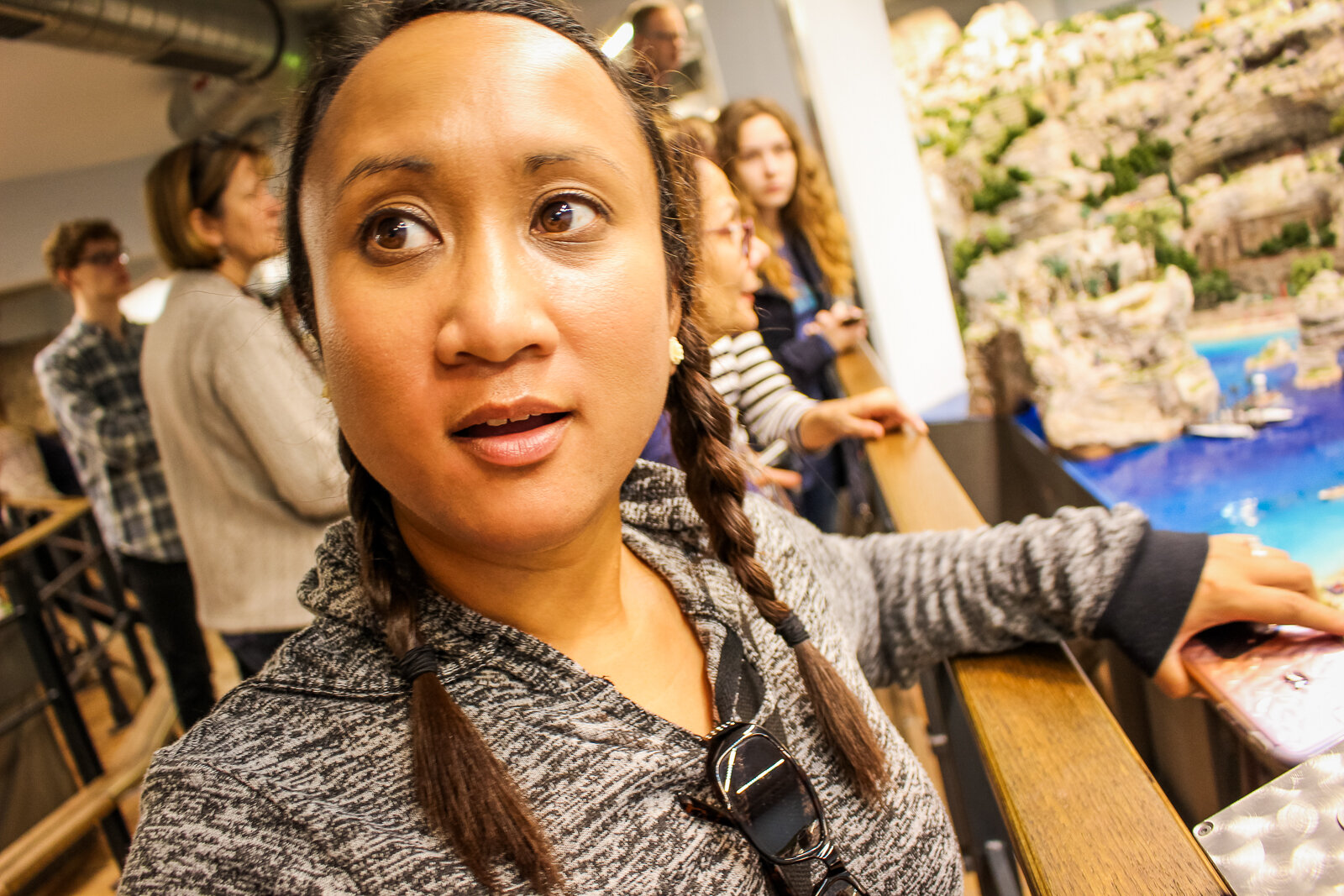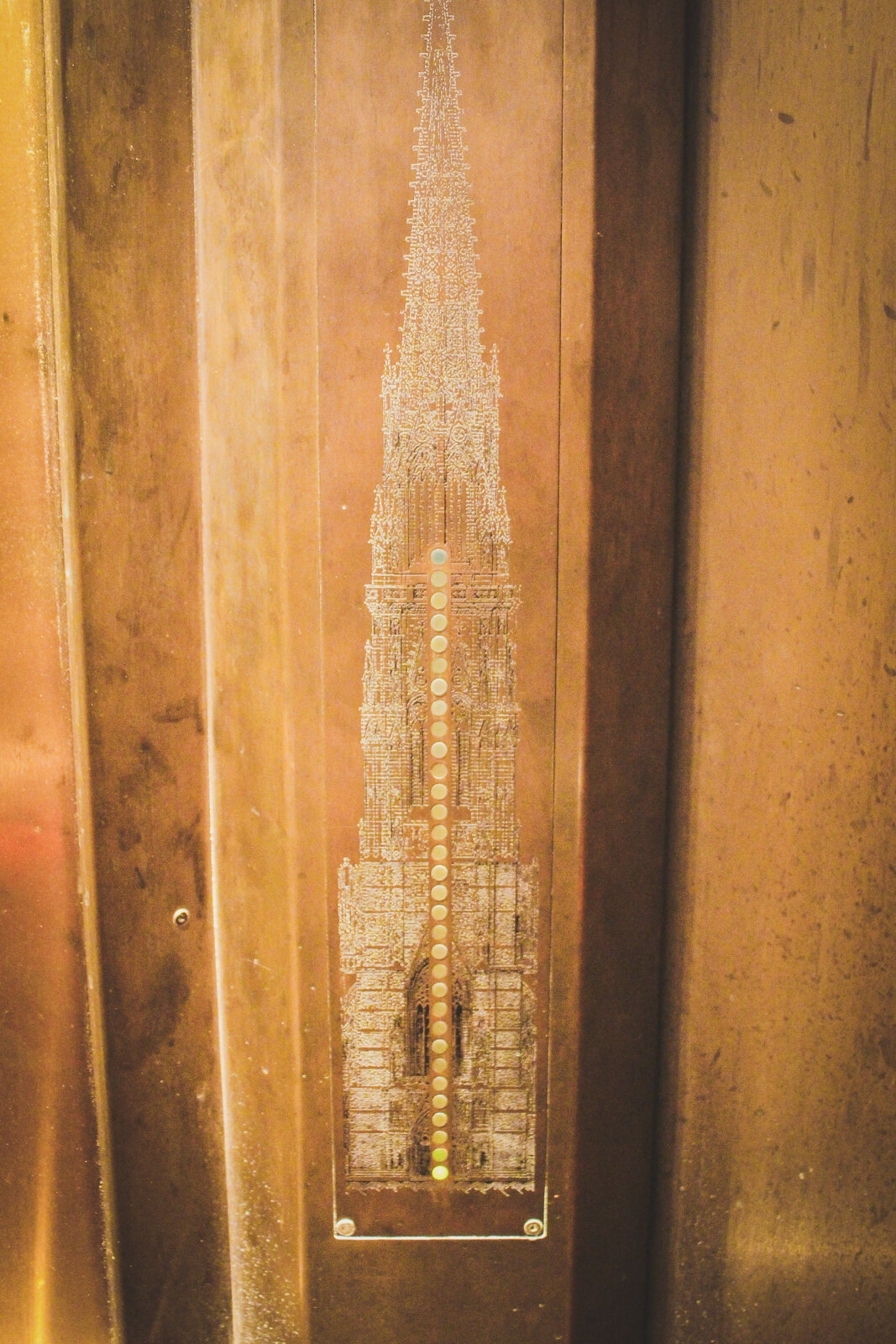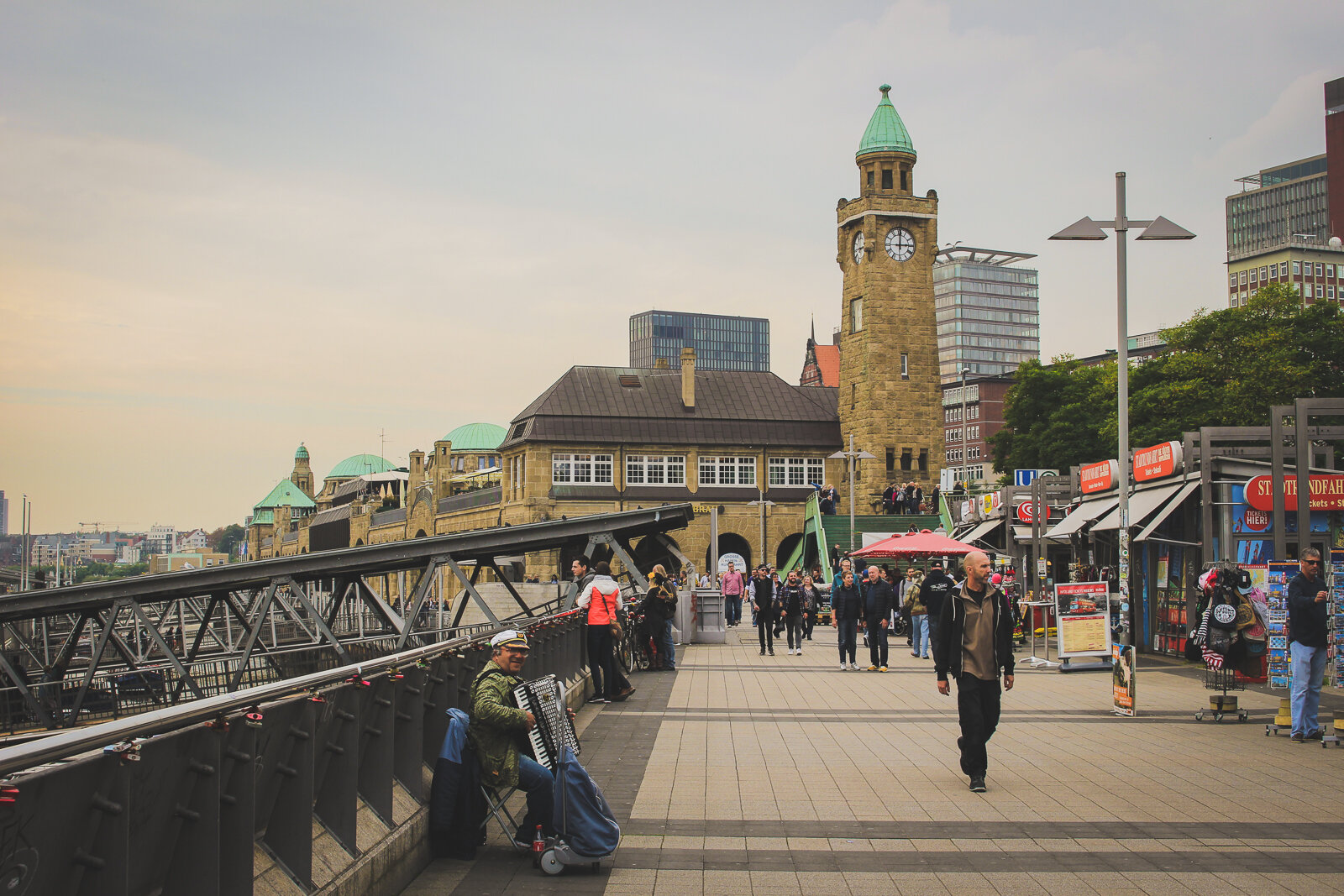I think I’ve mentioned it, but the unofficial theme of our 2017 trip to Europe was “water”. We didn’t intend to plan it this way, or even plan a “northern continental Europe port cities tour”. Rather, we caught the travel bug and stumbled upon super cheap airfare to Copenhagen. From there, we simply looked for the least expensive rail excursions that connected the cities we found interesting. When I realized this journey could include a stop in Hamburg, I was delighted.
I had only visited Germany once before, but I loved it. The country was uber-unique, accessible, beautiful, and you could get some awesome grub—from pretzels and beer to Turkish-style kebab. I previously visited Munich and Berlin, and knew that Hamburg would provide a completely different flavor of Deutschland. Where Munich was Bavarian and romantic, and Berlin was stone-faced and historic, Hamburg felt industrial and artistic. And of course, it has a bunch of history too.
Our trip to Hamburg began with a unique “first” for me. I’ve been on ferries. I’ve taken a train to a ferry. I’ve never ridden a train onto a ferry!
We departed from Copenhagen on a Deutsche Bahn train and headed south through the Danish countryside. The route passed by green farms and small villages. Chugging over a series of bridges, we hopped through the eastern Danish islands of Zealand, Falser, and Lolland before reaching the rail’s end in the coastal town of Rødbyhavn. Then, the train slowed to a crawl and carefully inched forward onto a ferry! Surrounded by trucks, coaches, and cars, the train came to a stop on rails installed on the ship’s lower deck. For comfort, we were instructed to exit the train and head to the passenger decks above.
The voyage across the western Baltic took about an hour. It was a beautiful day and visibility was pretty good. We ate snacks and walked around the top decks before being signaled to return to the train. Soon, the ferry was docked and our train inched back onto land, in Germany. Picking up speed, we continued through the countryside, passing through the medieval city of Lübeck before finally reaching the central train station in Hamburg.
Our hotel was a short walking-distance from the train station, so we headed over to drop off our bags. The building where we were staying in was flanked by an Islamic, immigrant community on one side and a gay district on the other. Fascinating.
Anyway, freed from our luggage, we walked north until encountering the Außenalster.
The Außenalster (pronounced “au-sz-en-al-ster”), meaning “Outer Alster Lake”, is the larger of two iconic artificial lakes in the center of Hamburg. We walked south along the lake’s western shore, admiring the view. The day was perfect and sailboats on the lake mirrored the clouds up above. There was also a flock of swans hanging out, sunbathing.
We continued past Binnenalster (or “Inner Alster Lake”, the smaller lake) into the historic city-center of Hamburg. There, we entered a courtyard in front of the Rathaus.
The Rathaus (German for “town hall”) is simply that—the city hall of Hamburg. The massive structure is a Neo-Renaissance build from the late 19th century. We admired the beautiful, imposing building and clock tower but (if I remember correctly), our visit didn’t align with the next English tour, so we moved on.
Next, we landed at the Church of St. Nicholas, a Gothic Revival cathedral with a tragic twist. Though the church has roots back to the 12th century, the most recent version of the building was completed in 1874. It held the title of “tallest building in the world” for two years, thanks to its massive spired tower.
And then, World War II happened. At the end of July 1943, the Royal Air Force and United States Army Air Forces executed Operation Gomorrah, a sustained bombing raid of Hamburg. Hamburg’s shipyards and U-boat pens were the primary targets, but the raid included civilian targets. The attack killed 37,000 Hamburg civilians, wounded 180,000 more, and generated a 460 meter high tornado of fire that destroyed the entire city. It's a devastating, tragic, and complicated history for a country self-aware of Nazi Germany’s role in casting the first stone—both for the war, and for the bombing of civilian populations.
Though St. Nicholas’s tall, stone spire survived the bombing, the rest of the church’s structure did not. Over time, the spire has been formally preserved as a memorial against war.
On ground level, the memorial features a few remaining walls outlining the original cathedral nave. Down in the basement, exhibits and displays give insight to life during the bombings and the full extent of urban destruction. Finally, a glass elevator takes passengers up the spire, to the deck where the church bells are kept. It was a beautiful day, with excellent views of the now peaceful city landscape.
I found it really fascinating how well the museum-portions of the venue leaned into the complexity of the bombing’s history. The memorial establishes itself as a place to grieve and challenges the ethics of bombing a civilian population. It also acknowledges, for lack of a better phrase, that ‘we got ourselves into this mess’ following Hitler. The memorial created a safe space for grief, remorse, anger, and shame, and was an excellent depiction of the un-winnable nature of total war.
In what was one of the more whiplash-inducing transitions of our trip, we moved on from a war memorial to model trains!
From the church, we walked down to the famous Speicherstadt district. We sat along the waterfront and enjoyed a schnitzel before entering Miniature Wunderland.
Miniatur Wunderland is the largest (ironically) model railway destination in the world. Located inside of an old warehouse, the attraction features room after room of themed dioramas, model railways, and vignettes of life in specific geographic areas. Models ranged from small picture-frame scenes to expansive, two-story rooms with faux mountains. There was even a model of an airport, complete with planes taking off and landing, and a day-to-night transition where the room lighting darkens and the model lighting comes alive.
I know it might seem silly, but I can’t express how fun and cute the whole attraction was. In addition to trains, it was fun to see historic scenes and little model-sized slices of life, from missing the bus, to fighting a fire, to enjoying a fair, and sex in a park (seriously!). The whole attraction had an amazing design and a brilliant sense of humor.
Upon leaving Miniatur Wunderland, we began to tour the Speicherstadt district. The area is a 19th century warehouse district. Once a center for trade and shipping, the space features rows of industrial-looking buildings along small channels. The space now feels bougey and residential, but was very pretty to see and tied directly into the ‘water-theme’ of the trip.
Alas, it was at this moment we realized that we were losing daylight. It was time to retire! We traveled back to our hotel and enjoyed a Turkish döner kebab dinner, across the street.
We had one more full day to enjoy Hamburg.
The next morning, we started our day at a hipster, modern cafe called Mutterland. We ordered picture-perfect German cinnamon rolls, known as Franzbrötchen and lattes. It was a perfect start to the day! From there, it was off to the central rail station where we caught a ride up to the main city park in Hamburg, Planten un Blomen.
The gorgeous park was green and lush (“Planten un Blomen” is low German for “plants and flowers”). The space was part manicured gardens, part art exhibit, and part public play area. We loved the public “games” available for play, like an arena to squirt inflatable balls with a controllable fountain. There was also a large, “World of Color”-style water and light show, but it was increasingly looking like we wouldn’t be in the park for night time.
If Planten un Blomen put beautiful flowers and classically-designed art on display, we were about to enter a—um—different kind of artistic space: the Reeperbahn.
The Reeperbahn is a famous entertainment district in Hamburg. It’s sort of the punk-rock heart of the city, complete with public art, diners, night clubs, bars, and music houses. It’s also the city’s red-light district, with a plethora of strip clubs, sex theaters, sex shops, and brothels. I both found the district to be fascinating, kick-ass, seedy, and alive, and knew I clearly wasn’t cool enough to be there. Imposter-syndrome to the max.
Oh, and one other ‘claim to fame’ for the Reeperbahn is that the Beatles famously played the district’s clubs in the early ‘60s, prior to making it big in the world. John Lennon is quoted as saying: “I might have been born in Liverpool—but I grew up in Hamburg.”
Today, this heritage is honored with a small plaza, called Beatles-Platz. The area is shaped like a vinyl record and features outlined statues of the five Beatles (five because Stuart Stutcliffe was still in the band during this era; Stutcliffe is depicted off to the side of the core four).
The Beatles-Platz was a neat nod, but I got the sense that modern-day Reeperbahn had to act too-cool to acknowledge this mainstream band’s roots. Most people didn’t seem to care.
From the Reeperbahn, we walked back to the port area. It was interesting to see the punk-rock vestiges fade away and the more classical European port-city architecture shine through.
We strolled along the Elbe for a bit before catching a train back to our hotel. I can’t remember why we called it a day so early, but if I know me: it was probably time for a nap and the day got away from us. LOL.
I do know that we left our hotel for dinner at a restaurant named Tehran. Finding a Persian restaurant in Hamburg felt like a big win and we feasted on some koobideh (our second European Persian food, after a kabob sandwich in Paris several years back).
After kabobs, we returned to our hotel for one final sleep. We would be up bright and early the next day for a long-haul train ride through Düsseldorf on our way to Amsterdam. For that story, check out my post here.
Well, that should do it for our short visit to Hamburg. For more photos of our visit, check out the gallery below!





